14 Silent Signs Your Dog Is in Pain (That Most Owners Miss)
No dog owner wants to see their pup in pain. But the hard part is that dogs can’t tell us when something’s wrong. That’s why noticing the minor signs they give us is important. Not sure what to look for? No problem. Here are 14 signs your dog may cry out for help—without making a sound.
Sudden Aggression
Like people, dogs can have off days—especially as they age. Older dogs might be moody occasionally, and that’s usually no big deal. But it might be a red flag if your young or normally calm dog suddenly starts snapping or growling. Pain or infection could be behind the sudden change. It’s always worth checking with the vet when behavior changes fast.
Appetite Loss
Most dogs love to eat. They’ll happily clean their bowl or sneak food off your plate. Some even chew things that aren’t food. So if your dog suddenly eats less—or stops eating for more than 24 hours—don’t ignore it. Loss of appetite could mean anything from an upset stomach to parasites, infections, diabetes, or cancer.
Hiding
If your dog usually loves being around you but suddenly starts hiding under the bed or in corners, something’s not right. Dogs don’t usually hide just because they feel like it—especially not as often as cats do. Hiding could mean stress, pain, or a sickness that hasn’t shown other signs yet. When it happens out of nowhere, it’s a serious signal.
Strange Postures
We stretch or shift positions when we feel pain in our stomach or joints. Dogs do the same. If your dog is in a “prayer” pose—front legs down, back end up—they might have belly pain. Other signs to watch include standing stiffly, hunching the back, or stretching out strangely. These moves are often their way of trying to ease discomfort.
Low Energy
This is more worrying in puppies and younger dogs. Something could be wrong if your usually active dog seems tired, uninterested in playing, or not moving much. A drop in energy often points to pain or illness. And if your dog stops wanting to go for walks, that’s always worth a closer look.
Drinking and Peeing More Than Normal
A potty-trained dog suddenly peeing indoors or asking to go out too often is not normal. If your dog drinks a lot of water, it could be more than just thirst. Conditions like diabetes or kidney trouble can make them extra thirsty and cause them to pee more. Their body gets dehydrated even though they’re drinking more than usual.
Swollen Belly
Sure, some dogs get bloated after a big meal. But if your dog’s belly looks round and swollen for no apparent reason, don’t wait. A swollen stomach can mean hormonal problems, digestion issues, or even internal bleeding. It can also make breathing hard for your dog if the swelling puts pressure on their lungs.
Crying or Whining
Dogs don’t cry like people do—but they’ll whine or whimper if something hurts. If your dog pulls away or cries when you pet them, take that as a clue. That noise could be their way of telling you, “This hurts.” It’s not for attention—it’s a real sign that they’re not okay.
Too Much Hair Loss
All dogs shed, but they shouldn’t lose hair in big patches. If you’re seeing bald spots or unusual amounts of fur on the floor, something’s up. It might be skin disease, a lack of vitamins, allergies, or stress. Either way, it’s time for a trip to the vet.
Not Grooming
Dogs are usually good at licking and cleaning themselves. They do it to stay clean and keep their fur looking nice. But if your dog stops grooming altogether, that’s not normal. It may indicate they’re sick or feeling too tired to care. A sudden change in grooming habits can point to deeper problems.
Constant Licking
Yes, dogs lick. They lick themselves, the couch, you—you name it. But if your dog licks one spot repeatedly, something’s probably bothering them. Pain in the paws, legs, or skin could be the reason. Fleas can also make them super itchy. Some dogs with stomach problems even lick floors or strange surfaces. It’s their way of dealing with discomfort.
Trouble Standing Up
If your dog takes a long time to get up—especially after resting or sleeping—it could mean joint pain or weakness. Arthritis is a common reason, and it’s worse in cold weather or early in the day. However, slow movements can also lead to more serious health issues. It’s not just about age—it could mean they’re hurting inside.
Sleeping Too Much
Adult dogs usually sleep around 14 hours a day. Puppies, seniors, and some breeds sleep even more. But if your dog suddenly starts sleeping way more than usual, pay attention. This could mean stress, an infection, or problems with the thyroid or blood sugar. Always watch for significant changes in sleep habits.
Big Pupils for No Reason
You can learn a lot by looking into your dog’s eyes. Their pupils react to pain and light—just like ours. If your dog’s pupils stay big for a long time, it could hurt them. Pain causes the body to release adrenaline, making pupils expand. It’s a small detail that tells you a lot.
Gums Don’t Look Right
Healthy gums are pink—like bubblegum. (Some breeds, like Chows, are different.) But if your dog’s gums look pale, dark red, or have sores. Pale gums often mean blood loss. Bright red ones could point to dental issues or illness. And if they smell bad or are bleeding, that’s a clear sign to call your vet.
Coughing
Coughing isn’t always a big deal—but it’s also not something to ignore. Dogs with flat faces, like pugs, often have breathing issues and might cough more. But if your dog breathes typically well and starts coughing, it could be kennel cough—or something more serious. It’s best to get it checked out, especially if the coughing lasts a few days.
Final Thoughts
Your dog may not speak your language, but they always show you how they feel. Minor signs can say a lot from how they move to how much they eat or sleep. The sooner you spot a problem, the sooner your dog can feel better. They depend on you to notice when something’s wrong, so keep your eyes open, trust your gut, and always show them the love they deserve.
Share this content:


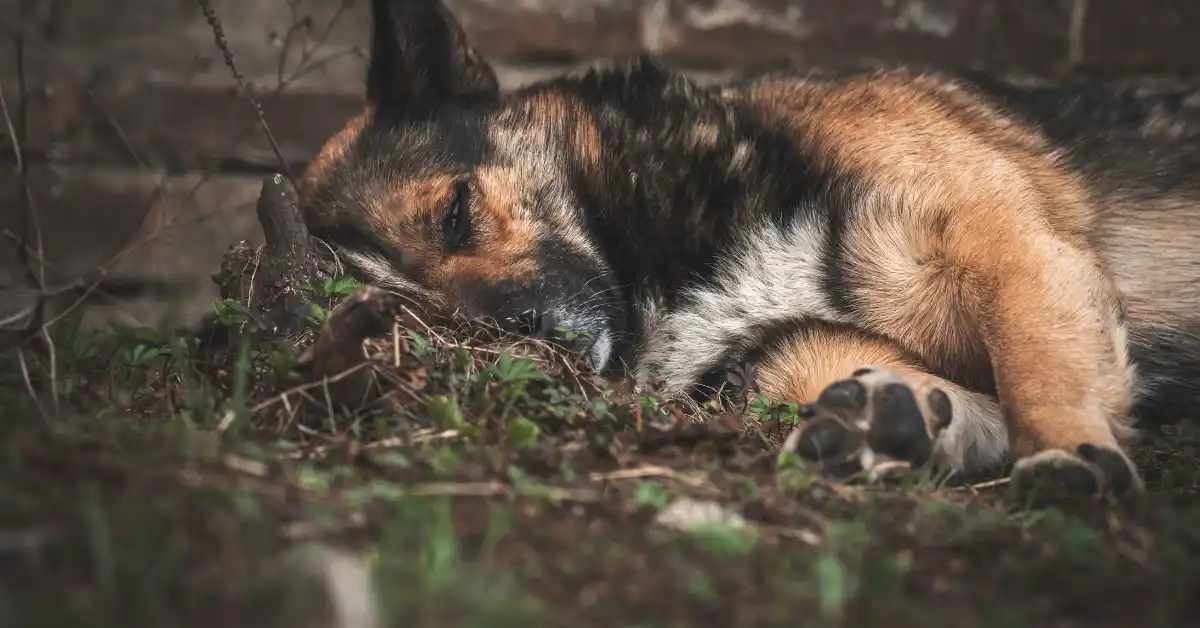





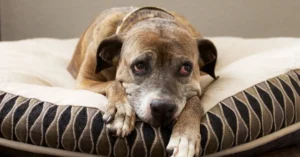

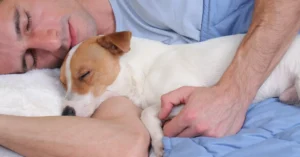
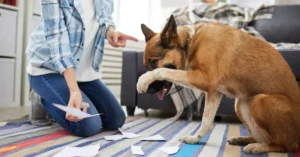

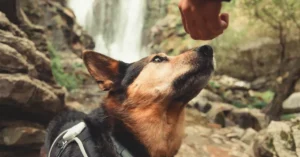
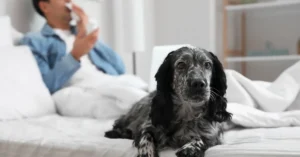
Post Comment